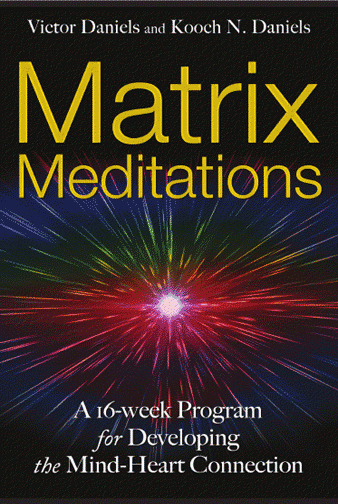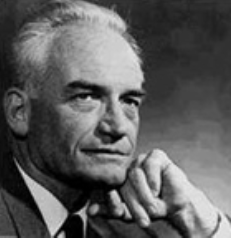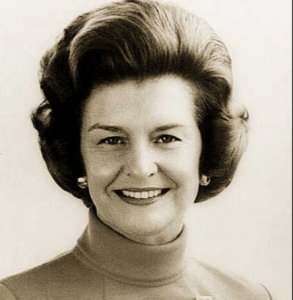
Employment & Jobs — What’s Going On?
“Half a truth is often a great lie,” said Benjamin Franklin. In the U.S. we hear both the Republicans and the Democrats promising that their employment solutions will put people back to work, bring full employment, and ensure prosperity for all. Really? I have yet to hear any party or any business person or organization who has a real solution. S
Some policies make the job picture worse. For example, when they think no one is looking, Republicans sometimes actually say they want to give the country a good zap of unemployment from time to time to keep wages down and help break the backs of those unions that remain. When he was President Richard Nixon said it very explicitly. Party members since his time have acted in ways which show that they want just enough of a rise in employment to get elected. If they’re already in office, they want employment just high enough level to keep them elected. They certainly don’t want a rise in employment in West Virginia, where it might interfere with coal company practices of turning beautiful mountains into wastelands by blowing the tops off mountains to expose coals seams. Mining employment in West Virginia is one-tenth what it used to be when miners brought out coal from underground and God’s Own Country was not being turned into the Devil’s Wasteland. Also, all across the country in both public and private sectors full-time jobs are getting pulled apart into pieces that can be filled by part-time employees.
In regard to jobs, the Democrats are less hypocritical, more idealistic, and also pathetically naïve if they actually believe their own rhetoric. Yes, they do want less unemployment, jobs for more people, more job training, better jobs for the folks who have slipped from manufacturing into making fast food burgers for a fraction of their former pay. They would like to change that, and have less offshoring of jobs, and on.
But neither party says much about basic changes in society, technology, and economic organization that are responsible for today’s trends: automation, robotization, and the massive transfer of productive activity from labor to capital. That’s part of why the economic gap between rich and poor keeps growing. To be sure, the sledgehammers with which Ronald Reagan and George W. Bush smashed into little pieces much of the equalizing effect of Franklin D. Roosevelt’s graduated income tax and other measures to help the less fortunate did their part. But take all that out of the equation and there would still be Trouble in River City. It used to be that when you picked up your phone to call someone you got a human being on the other end. Now a few people with nice voices are hired to created digital recordings that allow one person to do the work a thousand used to do. It used to be that rapid transit cars had a human being sitting up front running them. Now a few people in a control room run enormous systems by remote control. It used to be that longshoremen actually loaded cargo into ships. Now a tiny fraction of their number run giant cranes that move containers from trucks and trains onto and off of ships. And so on. Some of this is great. Robot welders on auto assembly lines tend to do a better job than people, and so too with numerous other functions. But not all. When I go to the supermarket or drugstore I prefer to wait my turn in line than walk right up to the self-checkout machine. I’d rather not contribute to throwing another person out of work. And I certainly wish the Golden Gate Bridge District directors had seen fit to keep at least one lane operated by a human being who can accept cash instead of automating them all. You can surely think of your own examples where work that used to be done by people is now done by machines. That eliminates such matters as setting up pension funds and paying medical benefits and overtime. Most of all, machines do not organize themselves to demand that an enterprise be run in a more decent, humane, environmentally sound manner. They just do what they’re programmed to do.
One more detail. Every time a machine replaces a person, it is a transfer of productive capacity from Labor to Capital. Somebody owns that capital, and it’s probably not a worker. It’s a private equity company, or a corporation (or sometimes even a government agency.) That means more money in the pockets of capitalists and less in the pockets and purses of working men and women who lose their jobs. Meanwhile, immigration brings in more competition for the jobs that remain. In some regions, that’s sensible, because needed skilled workers are not available and can’t be trained rapidly enough, but can be hired from elsewhere. But in many cases, immigration that pushes up population makes it harder for people who lose their jobs to find new ones.
If you read Adam Smith, who is widely cited as the High Priest of Capitalism, you’ll find that his views were nothing like those of todays ultra right-wing extremists. He was concerned about working people and jobs. He disliked the nasty tactics and conspiracies of some companies’ owners or executives. Today’s capitalism differs radically from his views. Its essence is the ideological principle that making the most money possible is the goal to be pursued above all others, and that the few at the top of the ladder are entitled to everything they can get – no matter how many are harmed by their actions or how severe the environmental destruction. In many places even the law requires profit maximization. And if quarterly profits drop, “the market” –i.e. investors who want maximum profits, punish the company and may even try to take it over. So what’s the so-called “bottom line” here? It is that contemporary capitalism, with its imperialistic and monopolistic tendencies, will never provide as many good jobs as are needed regardless of whether Republicans or Democrats are running things. Indeed, “unlikely” is an understatement. As long as automation and robotization continue on anything like their present course, unwanted unemployment is guaranteed and will probably rise. Is there a solution? Will anything work?
- The one thing I see that appears likely to work, and that is working in some places already, is a variety of economic forms and solutions working cooperatively together.
- Capitalism will have to return to its roots. (When the U.S. was young, to be chartered as a company the owners-to-be had to demonstrate that it would serve some public good. Thomas Jefferson and James Madison were so afraid that the economy would develop much as it has done that they tried to add an eleventh amendment to the Bill of Rights that would keep corporations from going out of control, telling lies and damaging the public interest as many do today. It was voted down by a group of prosperous and powerful members of the Constitutional Convention.)
- Cooperative ownership and endeavor will play a much large part in the world’s economies. Experiments in this direction are already underway.
- All portions of international trade agreements that are injurious to workers or other people or that prohibit any nation or region from protecting its environment will automatically be null and void.
- All international trade agreements will have to be made in the light of day, with citizens of the concerned countries and reporters of diverse viewpoints able to be present and report what is happening. No more secret, closed-door negotiations by corporate leaders appointed by their governments as “trade representatives.”
- The discipline of economics will have to be transformed from figuring out how the few can make the most to figuring out how to configure economies at every level into forms that will be beneficial for most citizens and protect ecosystems.
- Everywhere, people in local communities will begin meeting together to develop new forms of production, exchange, and consumption that will bring the communities together. (This is quite different from the present system in which a few wealthy and powerful citizens put up the money to get candidates who will favor their interests elected, so that the city of county is governed with the intent of enriching them even more.
This blog entry is obviously not a comprehensive answer to the problems of jobs, employment, and economic organization. Today, no one and no party has such an answer. Rather, it offers my reflections and seeks to provoke your own reflections. Collectively we need a transformed sense of purpose and direction in our economic endeavors so that they will serve both the material and the deeper psycho-spiritual interests of all the people. To provide those “good jobs” the politicians talk about, we need to start deeply rethinking and transforming the very structure of our economy.






 BARRY GOLDWATER said, “A lot of so-called conservatives think I’ve turned liberal because I believe a woman has a right to an abortion. That’s a decision that’s up to a pregnant woman, not up to the pope or some do-gooders on the religious right.”
BARRY GOLDWATER said, “A lot of so-called conservatives think I’ve turned liberal because I believe a woman has a right to an abortion. That’s a decision that’s up to a pregnant woman, not up to the pope or some do-gooders on the religious right.”